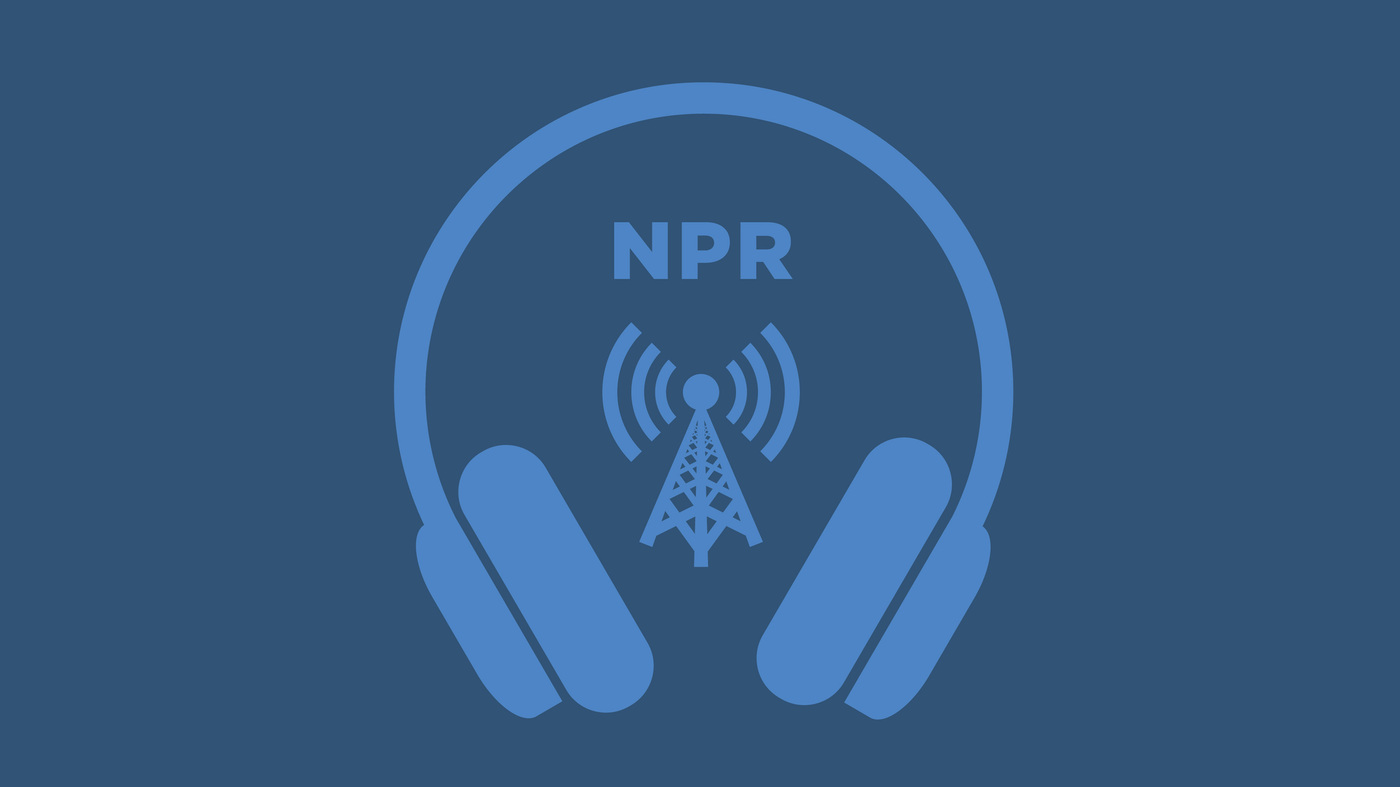Baseball Players Visit Mexico’s Basilica de Santa María de Guadalupe

The moment Isidro Piña hopped out of the taxi, he made a beeline for the woman selling candles on the sidewalk. He asked how much they cost — 25 Mexican pesos each, or $1.50 — and whipped out his wallet. He wanted three: one for himself and one for each of the friends who had accompanied him to the Basílica de Santa María de Guadalupe.
“I get goosebumps whenever I’m here,” Piña said in Spanish as the group walked through the main church.
In some ways, Piña, Mario Morales and Daniel Nuñez blended into the crowd. They wore plain clothes — jeans, T-shirts and sneakers — and knelt alongside hundreds. But they were a tad bigger than most. All three are professional baseball players for the Olmecas de Tabasco, a team in the Liga Mexicana de Béisbol, or the Mexican Baseball League, that had come to the capital to play the Diablos Rojos del México.
Instead of lounging around the team hotel or going shopping the morning before a recent night game, they followed an unofficial tradition among professional baseball players in this predominantly Catholic country: a pilgrimage to one of the most visited religious sites in the world — an estimated 20 million people come annually — home to the figure known as the Queen of Mexico and Empress of the Americas.
After Brazil, no country has more Catholics than Mexico. The colorful iconography of the Virgin Mary of Guadalupe is ubiquitous throughout the country: at taxi stands, hospitals, parks, restaurants, homes and even in people’s wallets. Dec. 12 — which commemorates when Catholics believe Mary, the mother of Jesus, appeared to an Indigenous man named Juan Diego Cuauhtlatoatzin in 1531 — is treated like a national holiday. And Mexicans of all walks of life, even professional baseball players, try to visit the shrine as often as they can.
So whenever a team in the Mexican League is in town to play the Diablos Rojos, they make a trip on their own. When the Bravos de León were in Mexico City a month ago, a group consisting of the team’s owner, his family, the general manager and eight players went the morning before a game. A week later, the Olmecas did the same.
“Here in Mexico, it’s all about the Virgin of Guadalupe,” said Piña, 34, adding later, “It’s like going to visit your mother.”
The Olmecas’ recent effort was spearheaded by Piña, a veteran catcher on a team that had the third-best record in the league this year and began its postseason on Tuesday. He first visited the basilica as an 18-year-old in 2007, his first year with the Sultanes de Monterrey, after his older teammates organized the outing. He has returned almost every year since. And in 2010, while Piña’s wife was pregnant with their first daughter and he prayed that everything turn out well, he made a promise while at the basilica that whenever he was in Mexico City he would visit.
“Whenever I enter here, I feel a peace and tranquillity that makes me let go of everything,” he said. “That’s why I like coming.”
Over the years, Piña has brought teammates from other countries, including the Dominican Republic and the United States. But the majority of those who come are Mexican because, he said, they, too, grew up understanding the religious and cultural importance of Guadalupe.
So weeks before the Olmecas flew to Mexico City for the three-game series with the Diablos Rojos, Piña was recruiting teammates for the basilica trip. They planned for the group to be larger than it ended up being, but one player was traded to another team and another was sick. Morales and Nuñez, who are both Mexican, said yes instantly.
“My first time was with my family when I was about 10 years old,” said Morales, 29, a pitcher who was born in California and noted how his faith and devotion to Mary were passed down by his mother, who is from near Guadalajara. “It was lovely and I’ve always had the idea of returning.”
Nuñez, 20, a pitcher from Yucatán, in southeastern Mexico, first visited the Guadalupe grounds with his mother when he was 12 while he was part of a national team training in Mexico City, but he never went inside the main church. So as Nuñez walked through it recently, his eyes grew wide. After the three players admired the original image of the Lady of Guadalupe hanging high above the altar and snapped photos on their cellphones, Nuñez noted the significance to him.
“It’s an indescribable sensation,” he said. “I want to bring my family next year.”
Religion plays a large role in the sports culture throughout Latin America.
Across the Mexican League, several teams have small shrines at their stadiums. The Diablos Rojos have an alcove built into the wall en route from the home clubhouse to the dugout that is filled with images of the Virgin of Guadalupe, statues of other saints, crosses and candles. Players occasionally bring flowers and some said they kneel there to pray before games. Even at Estadio Azteca, the Mexico City soccer stadium that is among the most iconic in the world, there is a Guadalupe altar in the tunnel leading to the field.
Atlas, the Mexican soccer club, won a title last year and took its trophy to the cathedral in Guadalajara for a service. Before this season, the Olmecas had a priest give mass on the field at their new stadium. Some teams pray together before games. In León, the Bravos have a locker in their clubhouse reserved for Jesus, with a No. 33 jersey bearing his name.
“In Latin America,” Diablos Manager Víctor Bojórquez said, “people are big believers.”
Morales said his faith and visiting the basilica helped calm him during the ups and downs of the season. He prayed to avoid future injuries, having undergone shoulder surgery in 2021. Nuñez said he has a spiritual routine before games: prayer and remembering his grandfather, a former baseball player who, on his deathbed, made his grandson promise that he would become a professional player one day.
“I made it,” Nuñez said, “so every time I pitch, I write his name on the mound.”
Outside of the main basilica, the players did what many others were also doing: They lit their candles, closed their eyes to ask for a special intention and placed them in the repository. Then they walked to the grounds’ other chapels, including the 300-year-old original basilica, with Piña serving as a tour guide as they went.
As they easily climbed the steps to the Capilla del Cerrito on the Tepeyac Hill, where Mary is believed to have first appeared to Juan Diego, the players joked that they could handle the strain of Mexico City’s 7,400-foot altitude because of their profession. Around them, Mexican families, foreign tourists and even people with suitcases trudged upward, too.
Standing at the top, the players asked a bystander to snap their photo and they took in the view of the sprawling city below.
“Can you imagine how full this would be on Dec. 12?” Piña asked.
Before heading back, the players stopped by the many markets surrounding the Guadalupe grounds. Piña bought several religious trinkets, including a two-foot statue. Nuñez scored six Guadalupe themed key chains for his family. Morales bought a magnet to add to his mother’s collection of his travels. And because of the hot, sunny weather, they bought drinks — horchata and fruit juices — for the 43-minute ride back through the typically heavy Mexico City traffic to the team hotel.
Their taxi arrived just before 2 p.m. The bus for the stadium would leave in two hours. A game awaited at 7 p.m.
#Baseball #Players #Visit #Mexicos #Basilica #Santa #María #Guadalupe




